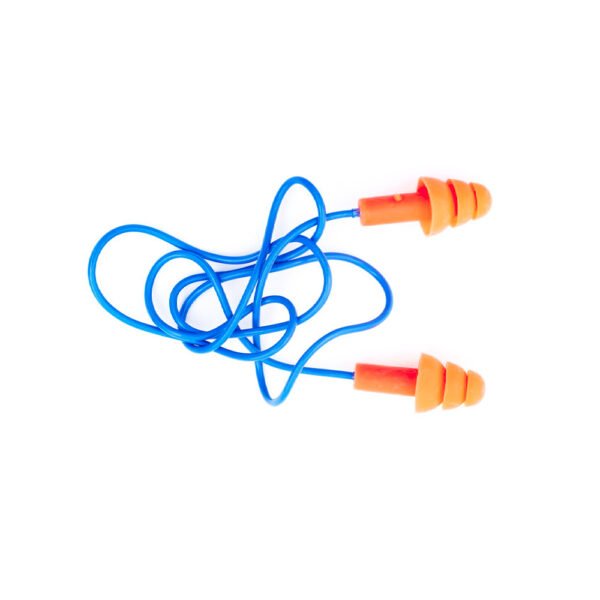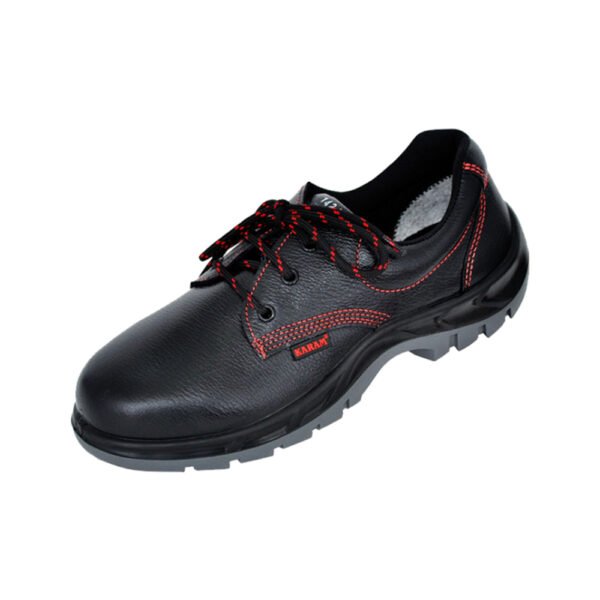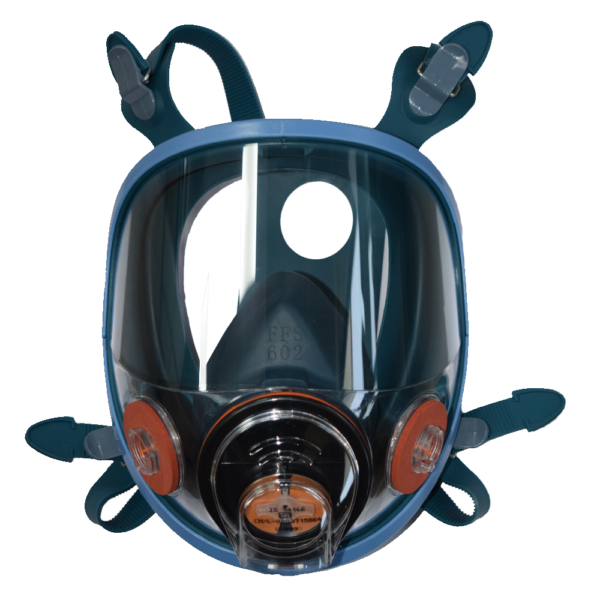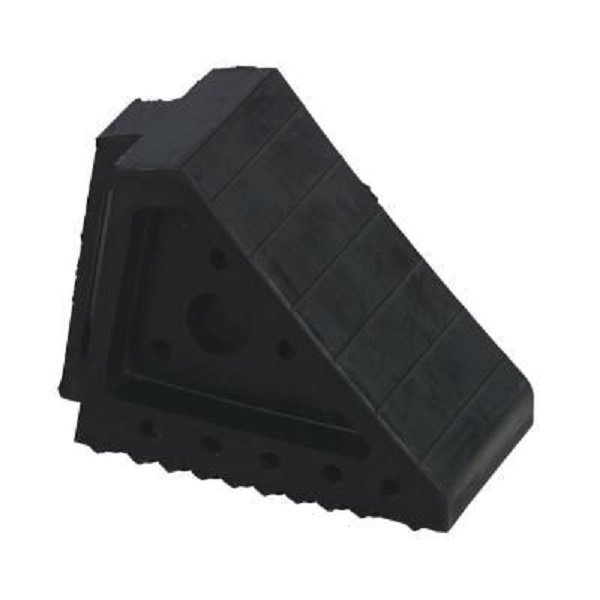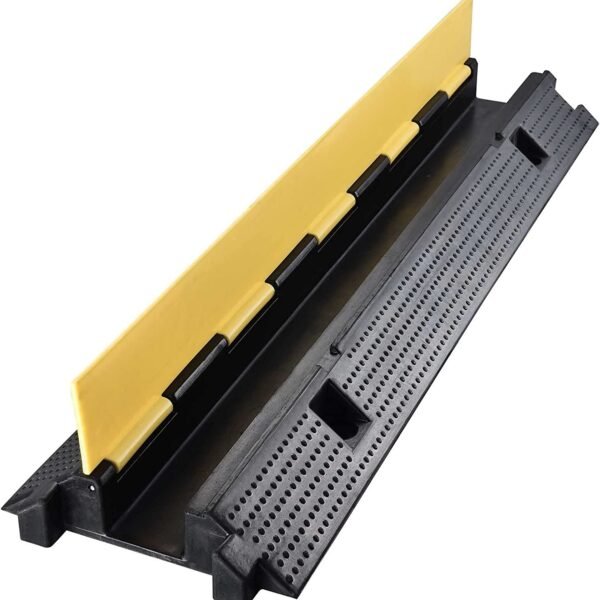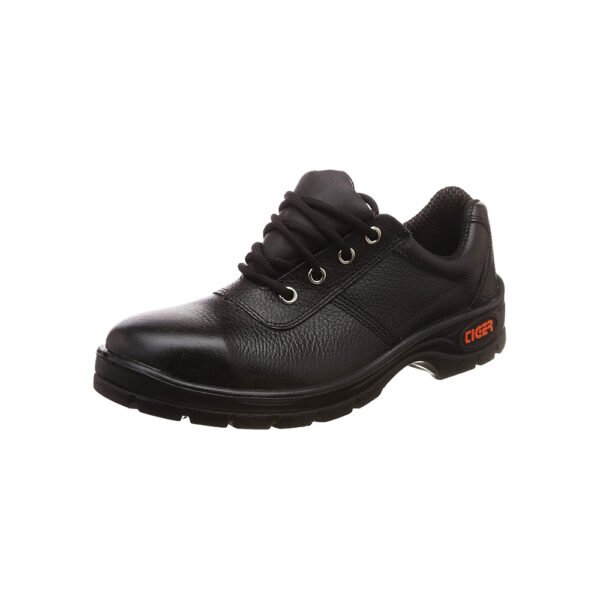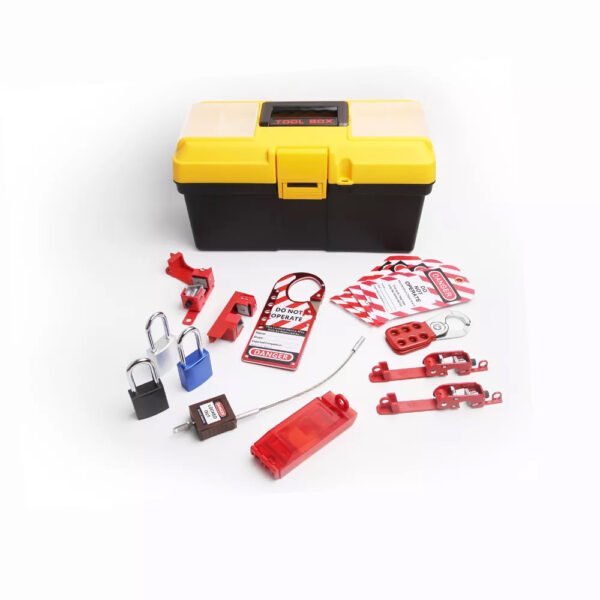Description
Cable Trays Raceways Manufacturer & Supplier in India Hyderabad Telangana and Andhra Pradesh
Cable Trays and Raceways provide safe, organized, and durable pathways for electrical cables in industrial, commercial, and residential projects. Cable trays (ladder, perforated, solid, wire mesh, FRP) ensure strength, ventilation, and easy maintenance, while raceways (metallic or PVC enclosed channels) offer complete protection and a neat appearance. Both are designed as per IS, IEC, and NEMA standards for reliable power and data cable management. Universal Enterprises – We are a leading manufacturer, authorized distributor, dealer, wholesaler, supplier and trader of Cable Trays for Electrical Application / Raceways in India, Telangana, Andhra Pradesh, Hyderabad, Nellore, Vijayawada, Vizag and Ongole. A cable tray is a system of metal or plastic supports used to route electrical cables and wires. Cable trays are typically suspended from the ceiling or mounted on walls, and they can be used to support cables in a variety of indoor and outdoor environments. Cable trays offer several advantages over other cable management methods, such as conduit and electrical tape. Cable trays are easy to install and modify and they provide excellent ventilation for cables, which helps to prevent overheating. Cable trays also allow for easy access to cables for inspection and maintenance.
Cable Tray are one of our products from our wide product range. These Cable Tray is made with the best grade of raw material and is reliable at the usage.. The main use of Cable Tray is to secure and gives protection to the earthing products and terminations. Cable Tray are very light in weight and made with resistant material. And there is no excess maintenance required after installation and also no brick work is required. Cable Tray comes with durability and it’s green top matches with the environment. Moreover we have CABLE TRAY, PERFORATED CABLE TRAY, LADDER CABLE TRAY,TRUNKING CABLE TRAY, RACE WAYS CABLE TRAY, C-CHANEL CABLE TRAY, GALVANIZED CABLE TRAY,POWDER COTED CABLE TRAY,HOT DIPPED CABLE TRAY,ALUMINUM CABLE TRAY for sale in market’s best price. Raceways are essential components in cable management systems designed to organize and protect electrical and data cables. These enclosed pathways provide a secure environment for cable routing, ensuring safety and efficient operation in various industrial, commercial, and residential applications. Raceways offer a versatile and flexible solution to manage cables while minimizing clutter and potential hazards.
Cable trays are used in a wide variety of applications, including:
- Commercial buildings: Cable trays are used to distribute power and communication cables in commercial buildings such as offices, hospitals, and schools.
- Industrial facilities: Cable trays are used to support heavy-duty power and control cables in industrial facilities such as factories and power plants.
- Data centers: Cable trays are used to manage the large number of cables that are typically found in data centers.
- Outdoor applications: Cable trays can be used to support cables in outdoor applications such as street lighting and traffic signals.
- Cable trays are available in a variety of sizes and materials to meet the specific needs of different applications.
The most common types of cable trays are:
- Ladder cable tray: Ladder cable tray is the most common type of cable tray. It consists of two parallel side rails connected by rungs.
- Perforated cable tray: Perforated cable tray is similar to ladder cable tray, but it has perforated rungs for improved ventilation.
- Solid-bottom cable tray: Solid-bottom cable tray is made with a solid bottom to protect cables from dust, dirt, and moisture.
- Trough cable tray: Trough cable tray is a deep, open-top cable tray that is ideal for supporting large bundles of cables.
- Cable trays are an essential part of many electrical and communication systems. By providing a safe and efficient way to route cables, cable trays can help to improve the performance and reliability of these systems.
Cable Tray for Electrical Application Specifications:
- Width : From 50 mm to 1500 mm
- Height : From 12 mm from 200 mm
- Length : Standard length of tray is 2500/3000mm
- Galvanising : As per IS: 2629 / 4759 / 2633
- Thickness : 1.2mm, 1.5mm, 2mm, 2.5mm, 3mm
- Bending : From 10 mm to 25 mm
- Material : Mild Steel / Pre Galvanised: As per IS: 1079 Grade O / 513 / IS: 2062
- Stainless Steel: SS 304 / 316 / 316L
- Aluminium: Aluminium Alloy
Material used in the Cable Tray:
Cable Trays are often made of stainless steel, galvanized steel, , aluminum. The material for a certain application is selected based on its intended usage. Galvanized tray can be constructed from pre-galvanized steel sheet or hot-dip galvanised after manufacture.
- Mild Steel conforming to I.S. 1079; 1994 /I.S. 513;1994
- Aluminium confirming to I.S 737; 1986 &
- Stainless Steel conforming to grade 304 & 316
Types of Cable Tray:
- Ladder
- Perforated
- Solid bottom
- Wire mesh
- Channel
Cable Tray Application:
Cable Tray are commonly used for cable management in industrial and commercial construction.
Perforated Cable Tray Accessories:
Cable tray accessories play a crucial role in enhancing the functionality and efficiency of cable management systems. These supplementary components are designed to provide support, protection, and organization for cables, ensuring a safe and tidy installation.
- Vertical Bend UP
- Vertical Bend Down
- Reducer Bend
- Cross Bend
- Tee Bend
- Horizontal Bend
Ladder Type Cable Tray Accessories:
- Horizontal Bend
- Vertical UP
- Vertical Down
- Cross Bend
- Tee
- Reducer
Cable Trays & Raceways FAQs
1. What are Cable Trays and Raceways?
Cable Trays: Structural systems used to support insulated electrical cables for power, control, and communication.
Raceways: Enclosed channels (metallic or non-metallic) that provide a pathway for electrical wiring, protecting them from mechanical damage and environmental exposure.
2. What are the different types of Cable Trays?
Ladder Type – Open rungs, high strength, good ventilation.
Perforated Type – Bottom perforations for heat dissipation, ideal for control cables.
Solid Bottom Type – Maximum protection, used in sensitive areas.
Wire Mesh / Basket Type – Flexible, lightweight, used for data/communication cables.
Channel Type – Compact, for small installations or light loads.
3. What are the common types of Raceways?
Trunking / Ducting Systems (metallic or PVC)
Underground Raceways (GI / RCC conduits)
Surface-Mounted Raceways (wall or ceiling mounted)
4. Where are cable trays and raceways used?
Power plants, substations
Industrial plants (cement, steel, pharma, etc.)
IT & Data centers
Commercial buildings, malls, hospitals
Residential high-rise projects
5. What standards are followed in India?
IS: 10702 – Steel Cable Trays
NEMA VE 1 / VE 2 – International standard for trays
IEC 61537 – Cable management systems
IS 14930 / NEC – For raceways and conduits
6. What materials are used for trays and raceways?
Mild Steel (MS) – Hot-dip galvanized / powder coated
Stainless Steel (SS 304/316) – For corrosive environments
Aluminium – Lightweight, corrosion-resistant
FRP/GRP (Fiber Reinforced Plastic) – For chemical plants, offshore areas
PVC – For light-duty raceways
7. What are the advantages of using Cable Trays?
Easy installation and maintenance
Good ventilation and heat dissipation
Flexible for adding/removing cables
Long service life with galvanization/painting
Cost-effective compared to conduits
8. What are the advantages of Raceways?
Complete cable protection (dust, fire, moisture)
Aesthetic and organized appearance
Suitable for offices and commercial setups
Safer against accidental damage
9. How is tray size decided?
Based on cable diameter, number of cables, current-carrying capacity, and future expansion (usually 20–30% spare capacity is recommended).
10. Are cable trays and raceways fire resistant?
MS/SS/Aluminium trays with proper coating are fire-safe.
FRP/GRP trays can be made flame-retardant.
Raceways can be fire-rated for critical installations.
11. Which is better – Cable Trays or Raceways?
Trays: Preferred in industrial, utility and heavy-load applications.
Raceways: Preferred in commercial, residential and aesthetic-sensitive projects.
12. What is the typical life span?
MS Galvanized Trays/Raceways: 20–25 years
SS / Aluminium: 25–30 years
FRP/GRP: 30+ years in chemical/corrosive environments.


